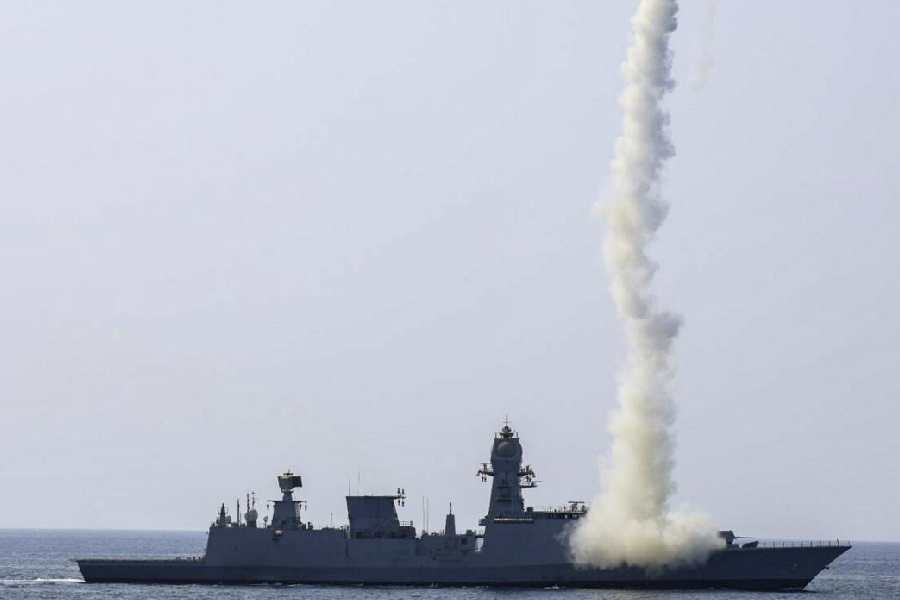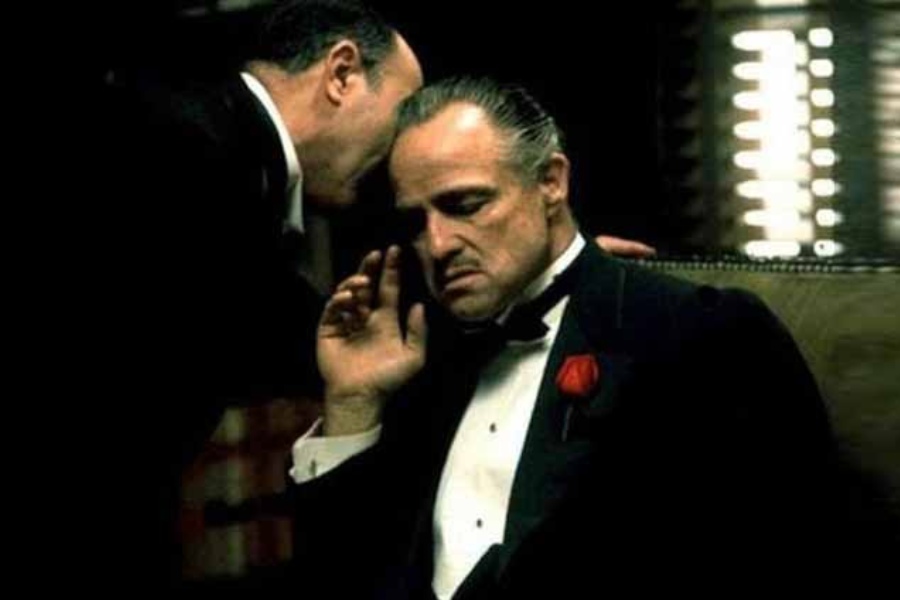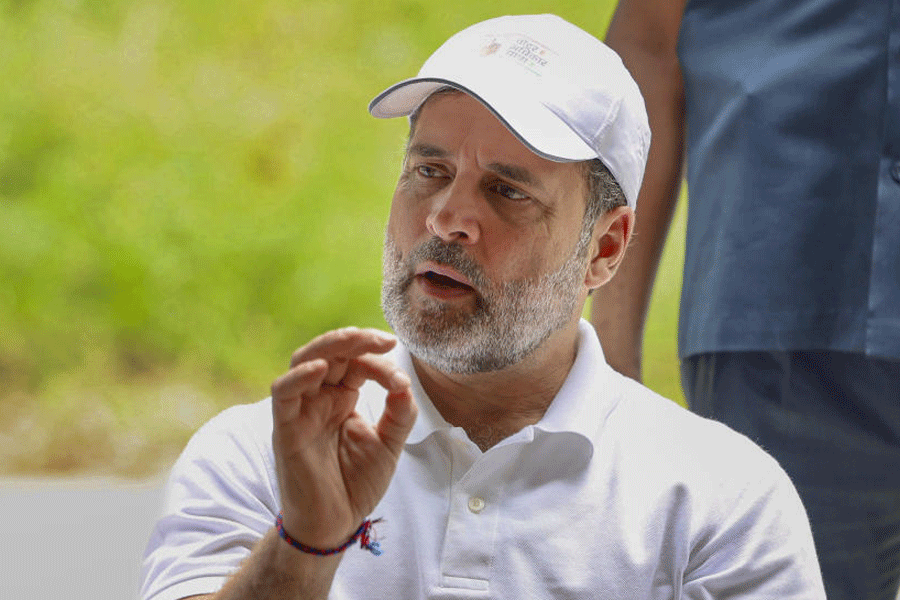 |
| The majestic Wilanów Palace was one of the few stately buildings that survived the deadly ravages of World War II |
It’s hard not to be overcome by a sense of history in Warsaw. In my mind’s eye I saw images of Nazi soldiers goose-stepping through the city’s cobbled streets watched by a sullen population. From there it was a short step to the Warsaw Ghetto and the concentration camps.
It may sound odd, but 67 years later, the shadow of World War II still hangs over the Polish capital. In some ways it’s not surprising because nearly 90 per cent of Warsaw has been rebuilt since the war.
But on the day I stepped out I must say the city was buzzing with energy as tourists from around the world feasted, shopped and soaked themselves in the crisp air that blows from the River Vistula nearby.
 |
| Composer Fryderyk Chopin is one of Poland’s national heroes and you can spot his statues and hear his compositions all over Warsaw |
The message I got from Eliza Wasiewicz, my young Polish guide, who spoke fluent English, is that Poland today is a modern country that has left the past behind. She insisted that the younger generation has moved on and does not harbour the grudges of the past.
Nevertheless, beneath the beauty and buzz the memories of their painful history still remain — even though everyone wants to forget it. I couldn’t help getting that feeling as I wandered round the city.
At the Market Square, which was a leisurely stroll from my hotel, Eliza showed me a photograph of the square in ruins. Next to this photograph was another shot of the same area taken after it had been rebuilt.
It was hard to imagine that, the very ground where I stood, and the square which was filled with holidaying tourists, was once the scene of one of World War II’s hardest battles. The Old Town which housed the city square was destroyed in brutal hand-to-hand fighting and reduced to ashes. Today, stylish cafes, shops and restaurants contribute to the modern look. Every now and then entertainers at the square break into impromptu jigs for the tourists.
The violent past was less overpowering at the Wilanów Palace, a royal palace built for the Polish king in the last quarter of the 17th century, The palace was one of the few buildings that survived the war unscathed but, unsurprisingly, the treasures inside were not spared.
 |
| Wilanów Palace is still a treasure trove of artistic masterpieces and antiques |
Still the place is a delight. I walked all around and gazed at the works of contemporary and ancient masters. Then, there’s the exquisite tapestry and also the chandeliers in gold leaf.
It took me over two hours to walk all around but luckily I was able to rest in the huge palace garden. Wilanów Park stretches all around for over 100 acres and is thematically divided. There’s a Baroque garden, a neo-Renaissance Rose garden, an English landscape park and an English-Chinese landscape park. An army of gardeners were at work planting, replanting, pruning and watering almost in unison without glancing up at the battalions of curious visitors.
One of Poland’s national heroes is the legendary composer Fryderyk Chopin. Everywhere I went there were Chopin posters, postcards, CDs and his compositions are played by younger musicians at every street corner.
 |
 |
| You could treat yourself at one of the stylish cafés at the charming Market Square or enjoy impromptu performances by local entertainers (above) |
On one street that led to Market Square one could just press a button on a cement slab and hear a Chopin composition. And, one evening when I was strolling through Lazienki Park, one of the city’s largest parks, I spotted a giant-size bronze statue of the composer. Once again, sadly, this was a replica of a statue that had been destroyed during the war. But the Poles were able to cast a replica and place it at the original site. Now underneath the shadow of the statue, local musicians take turns to enthrall music lovers with a free recital of Chopin compositions.
At the park, it wasn’t the statue of Chopin alone that was struck by the war. Most buildings in the park had been rebuilt from the rubble. I wouldn’t have noticed it, but my guide pointed out that all the beautiful structures had mostly been destroyed during the war. The lovely Palace on the Water that stands on an artificial island in a lake had partly burned down during the war. Again, what I saw was a pretty palace with a garden and no sign of its wartime wounds.
Then, there was the Little White House, a garden villa with rows of flower beds around. Apparently, this building was partly destroyed but the furnishings inside somehow survived.
But if there’s one thing that has remained constant throughout Polish history, it’s their love of good food. Eliza and I made one final trip to the Market Square, sat in a pretty restaurant and filled ourselves with Pierogi, Polish version of dumplings stuffed with cheese and much more. It was a great way to celebrate a lovely journey.
TRAVEL LOG
Getting there: Different carriers like Jet Airways, Air India, Swiss, Finnair, Lufthansa, Austrian Airlines etc operate between Warsaw and different metros in India.
Where to stay: Budget hotels to fancy five-star hotels, there are many options to choose from.










